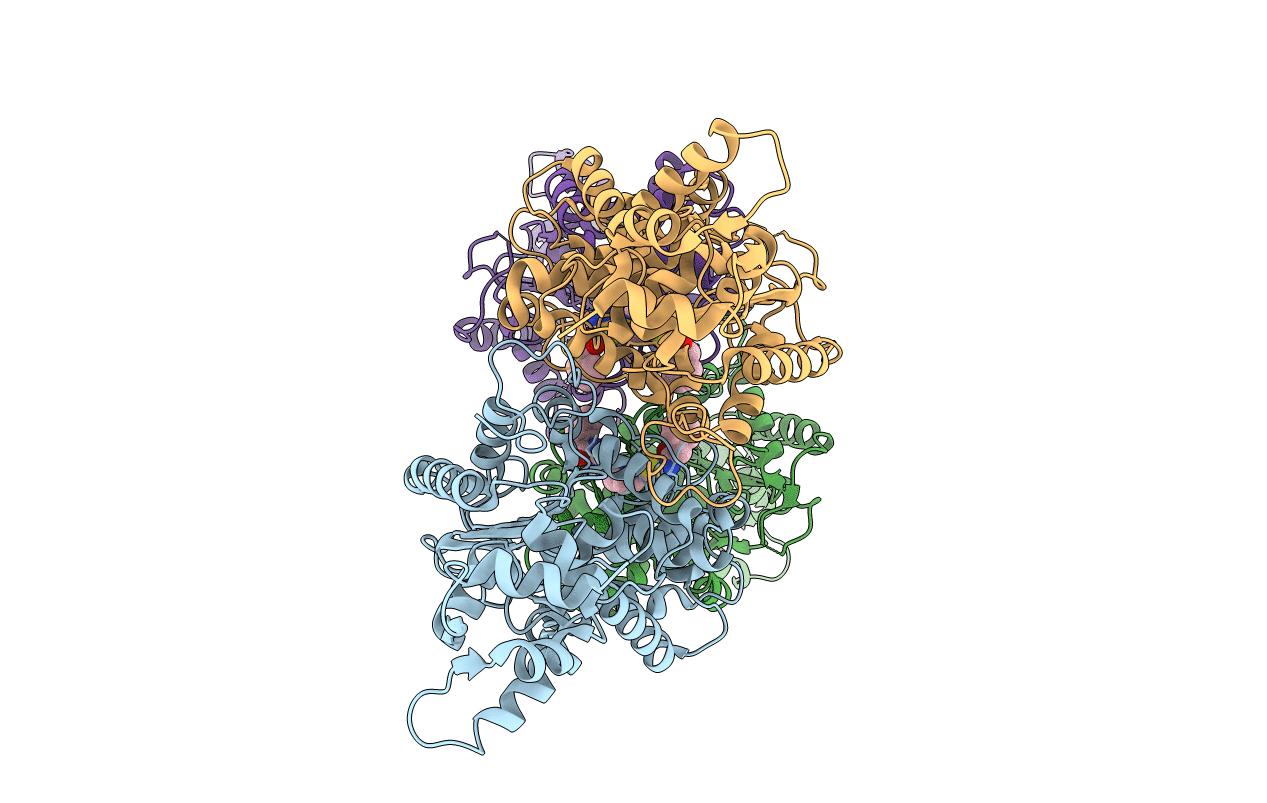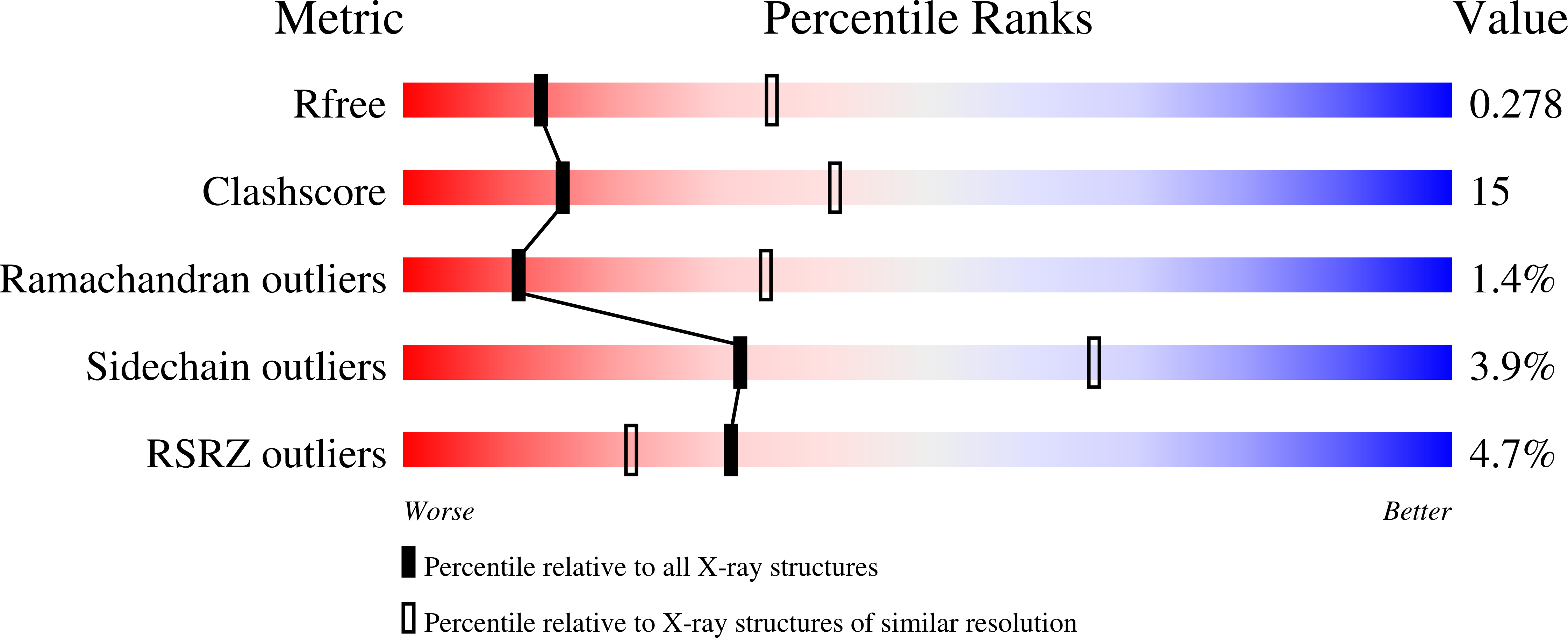
Deposition Date
2021-07-13
Release Date
2022-05-25
Last Version Date
2023-10-18
Entry Detail
PDB ID:
7REN
Keywords:
Title:
Room temperature serial crystal structure of Glutaminase C in complex with inhibitor UPGL-00004
Biological Source:
Source Organism:
Homo sapiens (Taxon ID: 9606)
Host Organism:
Method Details:
Experimental Method:
Resolution:
2.80 Å
R-Value Free:
0.27
R-Value Work:
0.20
R-Value Observed:
0.21
Space Group:
P 1 21 1


